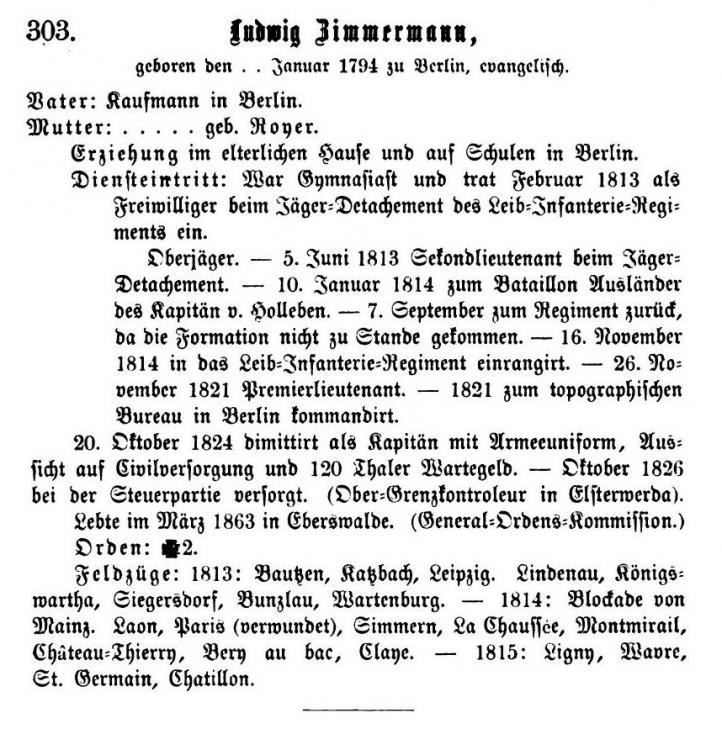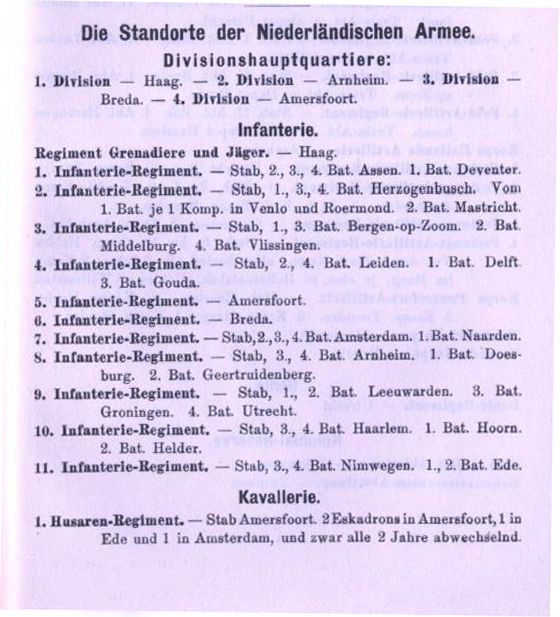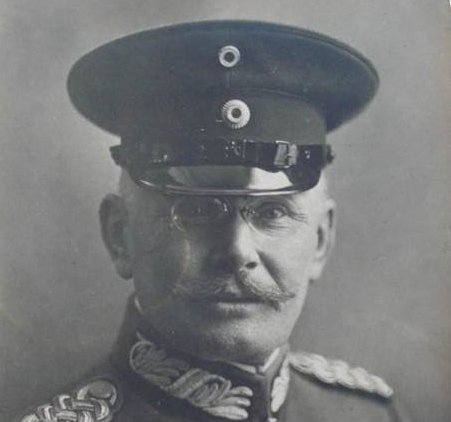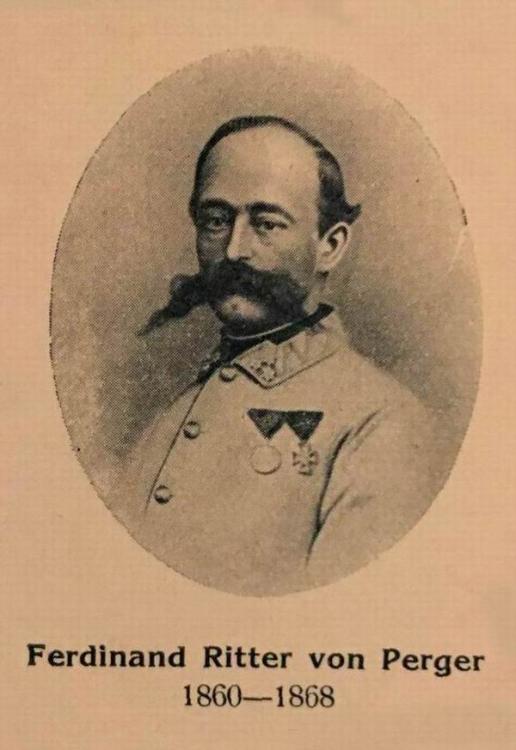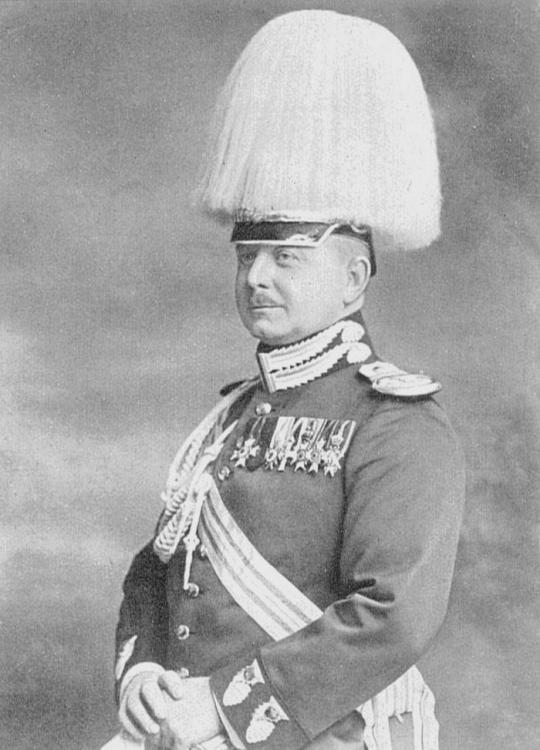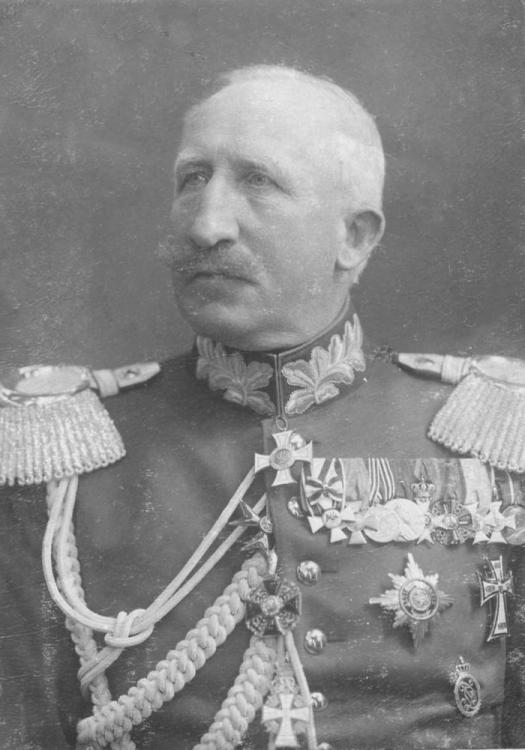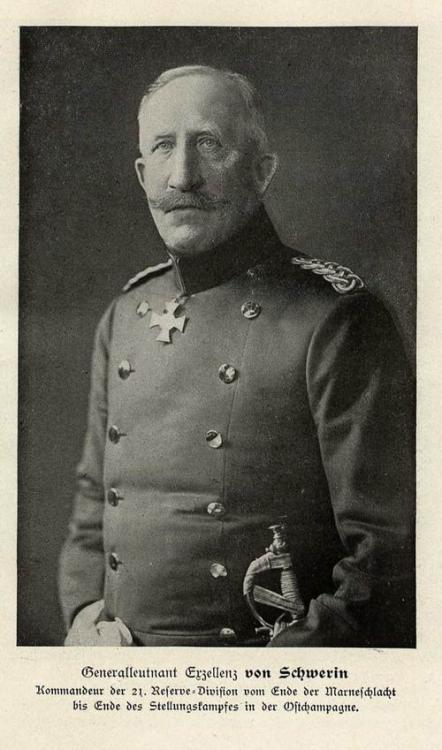-
Posts
2,234 -
Joined
-
Last visited
-
Days Won
55
Content Type
Profiles
Forums
Blogs
Gallery
Events
Store
Everything posted by Glenn J
-
Hi David, I am not sure the field officers' epaulettes could belong to a Major in the RFJK. In peacetime the highest rank held was that of a Premier-Lieutenant/Oberleutnant. Both the Chief and Commander of the Corps were General officers. There were no field officers on the establishment. Regards Glenn
-
John, from what you say above, I assume you have an ancestry account? Your Karl Leister is the entry with a date of birth of 30 June 1893 in Landau. He survived the war and left the Bavarian Army as an Oberleutnant. Attached below, one of the more readable entries detailing his earlier career. Regards Glenn
-
If we assume that he is indeed an Oberstabsarzt as Bayern suggests and that, does appear to be a staff of Aesculapius on the nearest shoulder board, then we are looking at a Saxon Landwehr or reserve medical officer in the rank of major. To my reckoning, some 13 Saxon medical officers received the Knight's Cross of the Saxon Order of Saint Henry. Of these, twelve were further decorated with an Albrechts Order Knight's Cross 1st Class with Swords and Crown. As far as I can ascertain only Oberstabsarzt der Landwehr Dr. Louis Geyer also held the Saxon Meiningen Honour Cross for Merit in wartime. He additionally also had the Landwehr Long service decoration 1st class. Regards Glenn
-
Chris, generally speaking, the infantry of all contingents wore black waistbelts. There were some exceptions: the grenadier battalions of the guards infantry and line grenadier regiments wore white. Prussian and Saxon machine gun detachments wore brown waist belts, the Bavarians black. Jäger battalions wore black. The mounted arms were a bit more varied according to contingent but apart from the Jäger-Regimenter zu Pferde which wore brown, would wear white or black. Regards Glenn
-
That is absolutely not the case. Certainly before the turn of the century most officers posted to train formations were former cavalry and artillery officers and in fact the original commanders of Train-Bataillonen were field artillery officers. However just a quick glance at the 1914 "Vollständige Dienstaltersliste" shows that all Train Oberleunants (with one single exception) and Leutnants were directly commissioned into the Train branch as indeed were the majority of the Rittmeister. Regards Glenn
-
-
Chris, Sandro, I don't believe this is the case. He does not look like General Lang and in any case Eduard Lang did not have a peace time award of a A-H Franz Josef Order Knight. In my opinion, it is Generalleutnant Ludwig Moser. General Moser had already retired before WW1 as a Generalmajor z.D. but saw service during the war, where he was awarded his second Bavarian Military Merit Order Commander's cross, this time with swords and the two classes of the Prussian Iron Cross, Clearly seen in this photo is the breast star of the Italian Order of the Crown which with hostilities long past, Herr General thought it ok to wear once again! Regards Glenn
-
Just found this at § 88, sub para 1 of the same regulations: Following demobilization, the Soldbücher of those in receipt of monthly salaries (Gehaltsempfänger), i.e. officers, the pay books were to be closed down and returned to the corps intendance branch, stored for a time determined by regulations and then destroyed. Although I don't have a copy to hand of the peacetime pay regulations, one can probably extrapolate that the same thing happened when an officer retired or died in service. Regards Glenn
-
Chaps, I am no expert on Soldbücher but I can draw your attention to the paragraph in the "Kriegs-Besoldungs-Vorschrift" of 1914. § 55. Soldbücher, sub para 1 states that All officers, officials and soldiers received a Soldbuch on entering a wartime unit if this had not already happened in peacetime. Regards Glenn
-
Claudio, as Paul states, General Wallenberg was a Prussian and this bar is clearly also Prussian (although not General Wallenberg's). The nearest match that I can find is Hauptmann (later Oberstleutnant) Walter v. Rohrscheidt who was serving in the Prussian War Ministry at the beginning of the war and later with Infanterie-Regiment 329. His known awards were: RAO4, BMV4XKr, SA3aX, WK3X, ÖEK3K, ÖM3K. Regards Glenn
-
Andy, I'm not sure his attachment to the Seminar for oriental languages is of any significance. He attended the seminar prior to a planned transfer to the Schutztruppen für Kamerun. It would appear that this never happened as both his transfer and posting back to Grenadier-Regiment Nr. 5 are published in the Militär-Wochenblatt by 3rd August 1914. Regards Glenn
-
I think you mixed up the place names? Besztercebánya = Banská Bystrica = Neusohl. FJB 21 was at Besztercebánya in 1868. The commander was Oberstlieutenant Ferdinand Ritter von Perger (1823-1890) Regards Glenn
-

Please help to identify royalties and high-ranking officers
Glenn J replied to Freiwillige's topic in Austro-Hungarian Empire
The Generaladjutant is Feldmarschalleutnant Zdenko Prinz von Lobkowitz, Herzog zu Raudnitz. Regards Glenn



